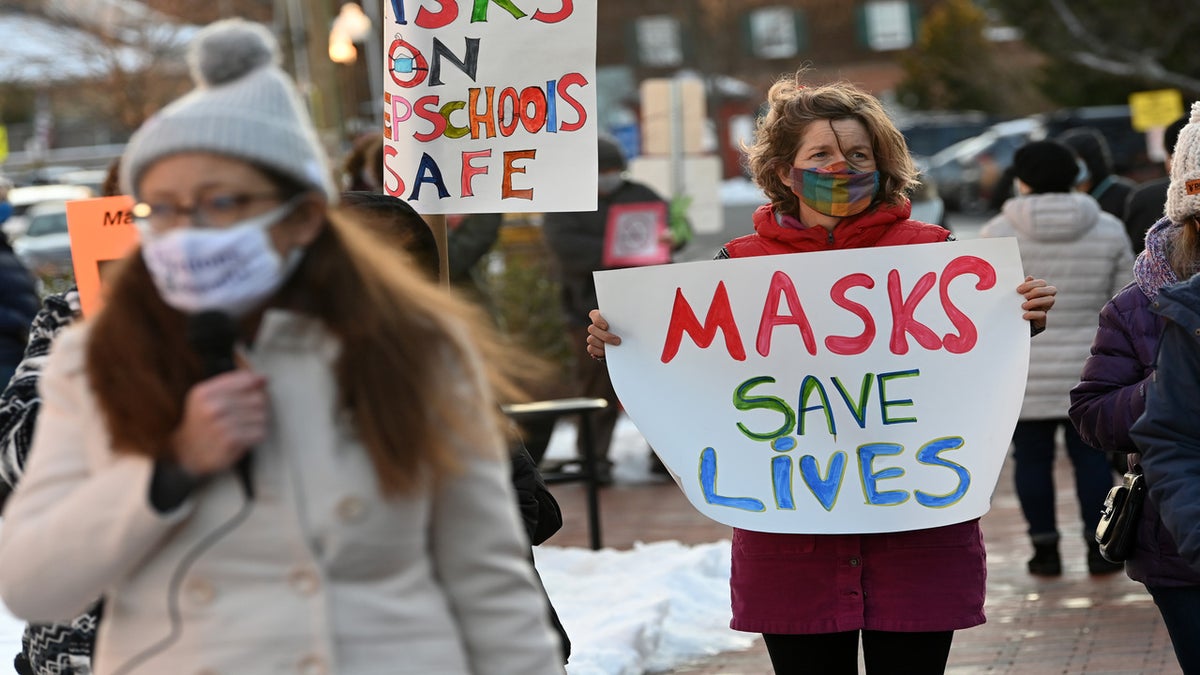Hospitals seeing 'flood' of patients with RSV, flu cases: Dr. Marc Siegel
Fox News medical contributor Dr. Marc Siegel discusses factors contributing to long wait times at emergency rooms.
With a surge of RSV and flu and the steady state of COVID-19, respiratory viruses all, affecting our young children, there is a tendency to look for a quick explanation. Is something wrong with our immune systems because we were sequestered from viruses for over two years now? The answer is no. Our immune systems are just fine now, that is if they were fine before the pandemic.
So, what is happening? Why are we seeing RSV to this degree out of season, with seven times the hospitalization rate in children under six months as in 2018? Why is this the worst early flu season we have seen since 2010, with 13 out of 100,000 kids under age 5 being hospitalized? And there is still a significant number of COVID-19 cases, and the virus is also affecting our very young.
The answer is likely related to lack of viral exposure, that mitigating strategies including shutdowns and school closures and masking decreased exposure to viruses that are less contagious than COVID-19, including flu and RSV. Also, as the masks came off and people got together more, they spread the same common viruses they used to spread before the pandemic. This is an unintended consequence of pandemic restrictions, and it needs to be figured into the overall cost of public health attempts to control COVID-19.
RSV SURGE RAISES QUESTIONS ABOUT REPEAT CASES: CAN YOU OR CHILD GET IT AGAIN?
How to tell the difference between viruses
As a practicing internist who has written several books on respiratory viruses, I am asked this question all the time. The first answer is that you can’t always tell the difference. The next best answer is, if you have respiratory symptoms right now no matter what age, do a rapid test for COVID-19. I would also look to see what the exposure of the sick person has been. Have people around you had COVID-19, RSV or flu?

People gather in support of continuing the school mask mandate outside the Loudon County Government Center prior to a Board of Supervisors meeting in Leesburg, Virginia. (Matt McClain/The Washington Post via Getty Images)
Finally, I can tell you that there are different characteristics of each virus. RSV tends to present mostly with upper respiratory congestion, whereas flu is mainly fatigue, body aches, headache, and fever. COVID-19 is somewhere in the middle, though the latest subvariants (including the current BQ.1 and BQ.1.1 are characterized, in my experience by a marked sore throat, fatigue, low grade fever, and sinus congestion.
CLICK HERE TO GET THE OPINION NEWSLETTER
What to do about it?
With all three viruses raging among our precious young, I would make sure you are up to date with the vaccines we do have, to COVID-19, and influenza, and especially if you have a young child in your midst who is susceptible, make sure those around her/him are vaccinated. I would make sure you have a pediatrician you can trust available because a child can get sick suddenly and have difficulty breathing.
I agree with the American Academy of Pediatrics and the Children’s Hospital Association that due to the "unprecedented levels" of RSV combined with flu cases pushing many hospitals to the point of being overwhelmed, it is time for the Biden administration to declare a public health emergency to target more resources at the problem.
CLICK HERE TO GET THE FOX NEWS APP
Most of all, we must learn from the pandemic that public health responses must not be politicized. Maybe our children will finally teach us what COVID-19 didn’t. Stay home if you are sick, wash your hands, wear a mask if you are coughing or have been exposed, and stay up to date on your vaccines. There is no such thing as immunity debt, but we need both our brains and our immune systems to help us fight flu, COVID-19 and RSV.





















